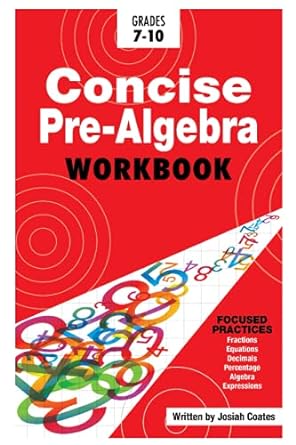Answered step by step
Verified Expert Solution
Question
1 Approved Answer
Ryan Smith MAT-131-007RL 2/6/16 Lab 2 Stroke Rates in Relation to Life Expectancy Around The Globe PART 1: V1 Qualitative Data (Continents) A. B. C.
Ryan Smith MAT-131-007RL 2/6/16 Lab 2 Stroke Rates in Relation to Life Expectancy Around The Globe PART 1: V1 Qualitative Data (Continents) A. B. C. D. This data doesn't really tell much but the frequency of countries randomly selected by the generator I used through Randomlists.com. It is definitely easier to compare these numbers using the Pareto graph, especially with the Americas and Africa's numbers so close to each other. Looking at the pie chart you may think they have the same value. PART 2: V2 Quantitative Data (Stroke Rates per 10,000) A. # of Stroke Rates Frequency (f) 22-47 48-73 74-99 100-125 126-151 152-175 14 7 4 4 6 5 B. It seems this histogram is skewed right. Relative Frequency (rf) 0.35 0.175 0.1 0.1 0.15 0.125 Class Mid-Point 34.5 60.5 86.5 112.5 138.5 163.5 PART 3: V3 Quantitative Data (Life Expectancy) A. Life Expectancy 50-56 57-63 64-70 71-77 78-84 B. Frequency (f) 4 2 4 14 16 Relative Frequency (rf) 0.1 0.05 0.1 0.35 0.4 Class Midpoint 53 60 69 74 81 C. D. Looking at the data you can see that the rate of death increases dramatically in the 70+ region. I would personally prefer to use the polygon graph as I think it more effectively illustrates the life span of person and where most people unfortunately pass. MATH 131 Lab 5 8/11 The goal of this lab is to define a binomial experiment and find binomial probabilities by two different methods. (2 points) A. B. C. D. Part 1: Experiment Definition Return to Lab 2 and your qualitative data, V1. Pick one data value (the mode, represented by the largest slice of your pie chart) to be a success. Clearly state this name. Clearly name what a failure will be for your experiment. Specify your value for p, the probability of success, as the relative frequency of the success from Lab 2. Specify your value for q. You will not actually be collecting any new data for Parts 2 and 3. You will be finding probabilities associated with specific numbers of trials of the experiment stated. (4 points) A. Part 2: Binomial Formula (n=3) Using the correct formula (See p. 204), and showing your calculations, create a table as noted here for three independent trials. ( is the number x of successes in 3 trials.) . 0x3 1 MATH 131 Lab 5 X P(x) 0 8/11 1 2 3 2 B. C. What are the two criteria for a valid probability distribution? Use them to verify that your probability distribution from part A is valid. Check the sum of your own probabilities. Find the mean of the probability distribution from part A using two different methods (one from Section 4.1 and one from Section 4.2). Show your work. (4 points) Part 3: Binomial Table or Computer (n=15) A. Using the binomial table in your text (See p. A8) or the computer (See computer notes below), create a table similar to Part 2 but for n = 15 trials. Make sure to include the table as part of the work you hand in. B. Using this probability distribution, answer the following. For parts 2-4, show the individual values that you are adding up, as well as the total. The answer alone is not sufficient. (1) What is the probability of exactly 10 successes? (2) What is the probability of no more than 3 successes? (3) What is the probability of at least 7 successes? (4) What is the probability of between 2 and 9 successes (inclusive)? Minitab Directions For Part 3, you may use the computer to see your probability distribution. Type the x values in C1. The x values would be 0 - 15. Select Calc Probability Distribution Binomial Choose Probability Enter Number of Trials as described in Part 3 Enter the Probability of Success for your data Tell Minitab that the x values are in C1 and that you want the probabilities stored in C2 by entering C1 as the Input Column and C2 for Optional Storage
Step by Step Solution
There are 3 Steps involved in it
Step: 1

Get Instant Access to Expert-Tailored Solutions
See step-by-step solutions with expert insights and AI powered tools for academic success
Step: 2

Step: 3

Ace Your Homework with AI
Get the answers you need in no time with our AI-driven, step-by-step assistance
Get Started


